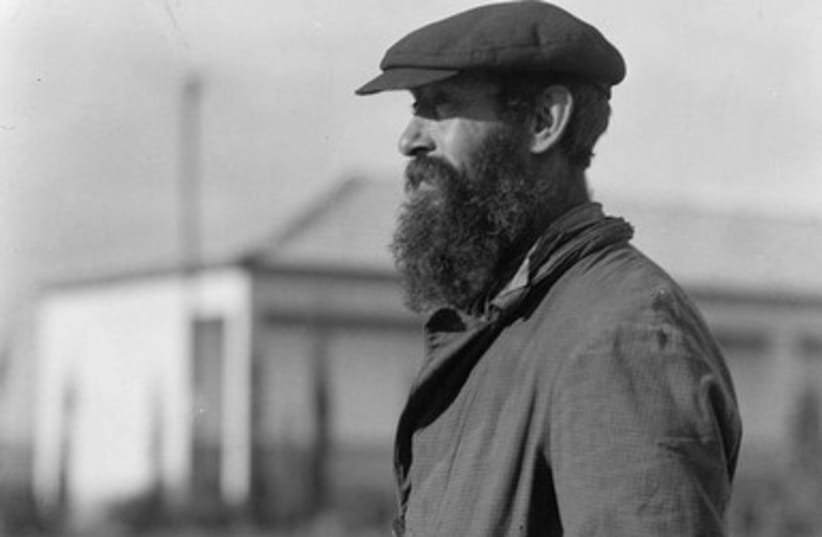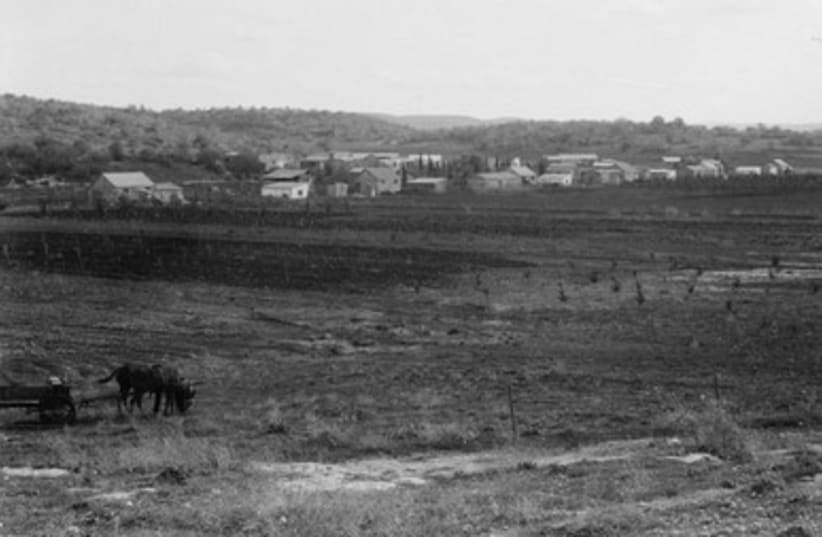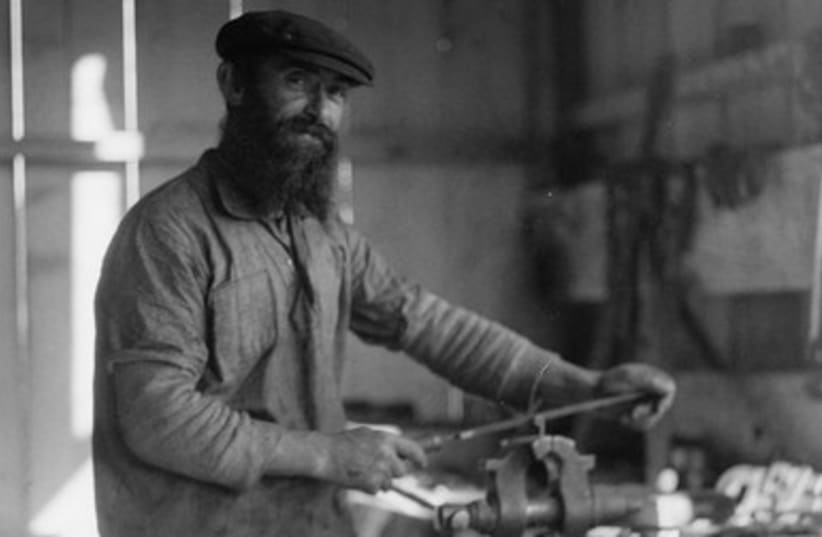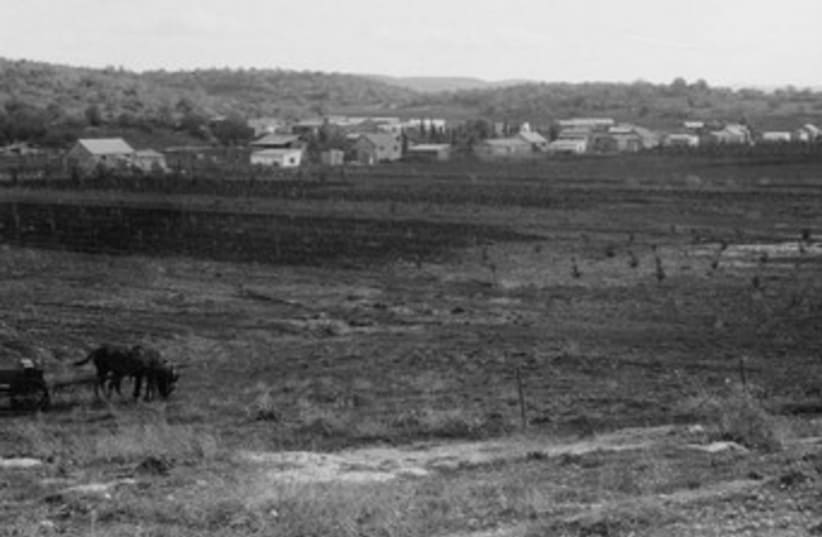





Many of the kibbutz and moshav agricultural communities established in Palestine in the early 1900s were based on socialist ideals. A large number of the new settlers discarded the old religious traditions of their parents and ancestors. But the Zionist enterprise and the promise to return to the "holy land" also inspired ultra-Orthodox Jews in Poland to establish a farming community in Israel's north called Kfar Chassidim, or "village of the devout."The settlers, many followers of the Kuznetz chassidic dynasty of Poland, first organized in 1922 while still in Poland. They purchased the land in Palestine and established Kfar Chassidim in 1924. But the land was swampland, and the community was hard hit by malaria and a lack of agricultural training. The Jewish National Fund aided the community in drying the swamps, paid off their debts and sent agricultural experts to train the new farmers. Today, the community has approximately 600 residents.More photos can be viewed at http://www.israeldailypicture.com
